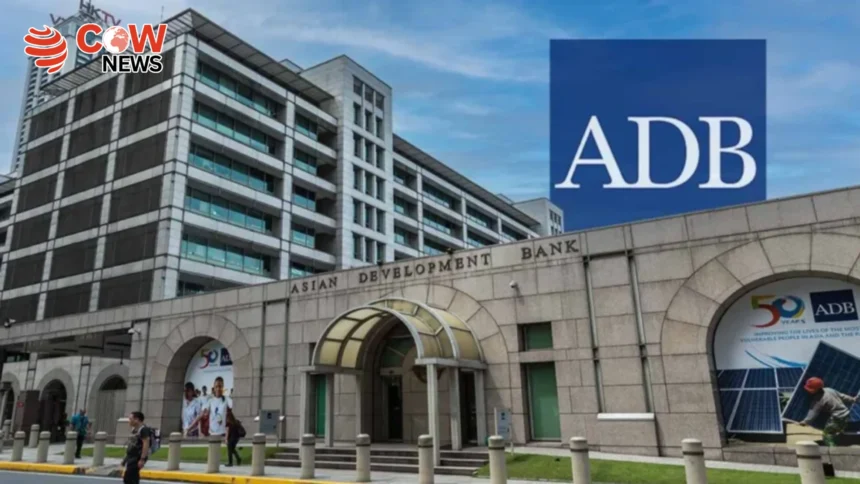WASHINGTON( The COW News Digital)The Asian Development Bank (ADB) has downgraded its growth projections for developing Asia and the Pacific, citing rising US tariffs and ongoing global trade tensions as key challenges facing the region.
In its latest Asian Development Outlook report released on Wednesday, the ADB said the economic environment for the region has become more difficult, with factors such as supply chain disruptions, geopolitical tensions, rising energy costs, and uncertainty in China’s property sector weighing on domestic demand.
The bank now expects the region’s economy to grow by 4.7 per cent in 2025, down from the 4.9 per cent forecast it issued in April. The projection for 2026 has also been trimmed to 4.6 per cent from 4.7 per cent.
“Asia and the Pacific has weathered an increasingly challenging external environment this year. But the economic outlook has weakened amid intensifying risks and global uncertainty,” said ADB Chief Economist Albert Park.
Among the various subregions, Southeast Asia is expected to experience the sharpest slowdown, with growth forecast at 4.2 per cent in 2025 and 4.3 per cent in 2026, both lower than the earlier projection of 4.7 per cent for each year.
Park urged countries in the region to continue strengthening economic fundamentals and to promote open trade and regional cooperation in order to bolster investment, job creation, and growth.
The ADB classifies “developing Asia and the Pacific” as a group of 46 economies that includes China, India, Georgia and Samoa, but excludes advanced economies like Japan, Australia, and New Zealand.
The revised outlook comes shortly after US President Donald Trump announced new trade measures, including a 15 per cent tariff on Japanese exports—lower than the previously threatened 25 per cent—and a 19 per cent tariff on Philippine goods, down from the earlier proposed 20 per cent but still above April’s 17 per cent rate.
Trump’s administration has significantly disrupted global trade flows in recent months, imposing tariffs on nearly all major trading partners. A blanket 10 per cent tariff came into effect in April, with additional, steeper levies set to be implemented from August 1.







